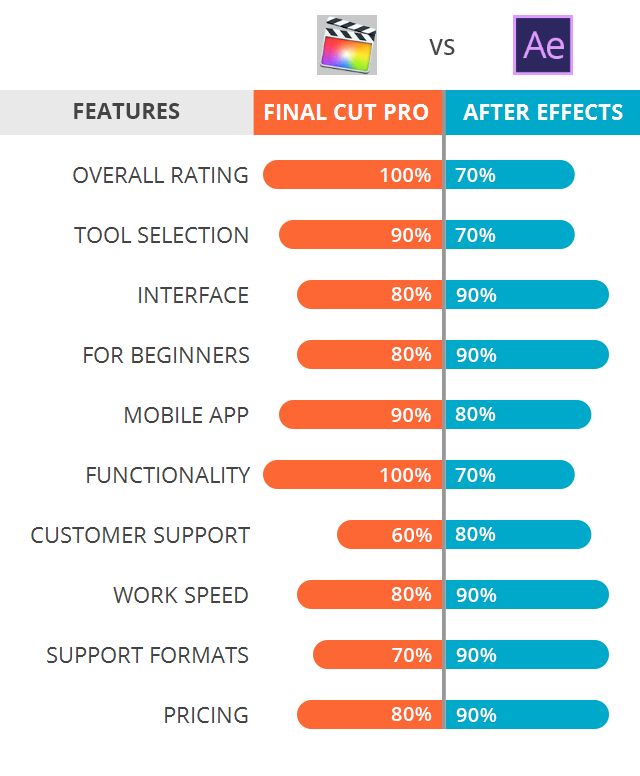

They pull from a couple of other plugins, but the transitions are seamless. This is less about the person it’s referring to and more about the process of creating and adding these transitions to your footage. Watching videos like this will help you begin implementing some of these ideas as they start to become second nature to you. But, that’s the beauty of mastering the art of editing. It takes a while to feel comfortable enough (while you edit) to play around with keyboard shortcuts, as well as expedited workflow tricks. So, once you have the basics down, let’s take it a step further with these advanced workflow tips. We also rounded up a list of some of the best ones you can check out in the link below. But, another route to consider - if you’re looking for something a little more hefty to spruce up your footage and you know you’d be using the effects again (but don’t have time to make them on your own) - these plugins are for you.
#Final cut pro effects free
Above, I mentioned free plugins you should consider.
#Final cut pro effects how to
Take the time to learn color theory and how to play with your footage.

The way I look at it, it’s a marathon, not a sprint. And there’s no denying that mastering the art of color grading can turn a good-looking project into a great-looking project. There’s a blend of learning the craft, following trends, and creating something original.

It’s arguably one of the most difficult tasks editors face. You’ll eventually need to learn how to color grade your projects.

#Final cut pro effects download
Where do you even begin? Do you shoot footage first? Do you download footage to use? Once you actually open the software, what next? Also, when do you have time to learn something new, much less master a new craft? Mastering any editing program can be daunting. Looking for ways to improve your editing game when you have extra time on your hands? Dive into these seven awesome Final Cut Pro X tutorials.


 0 kommentar(er)
0 kommentar(er)
